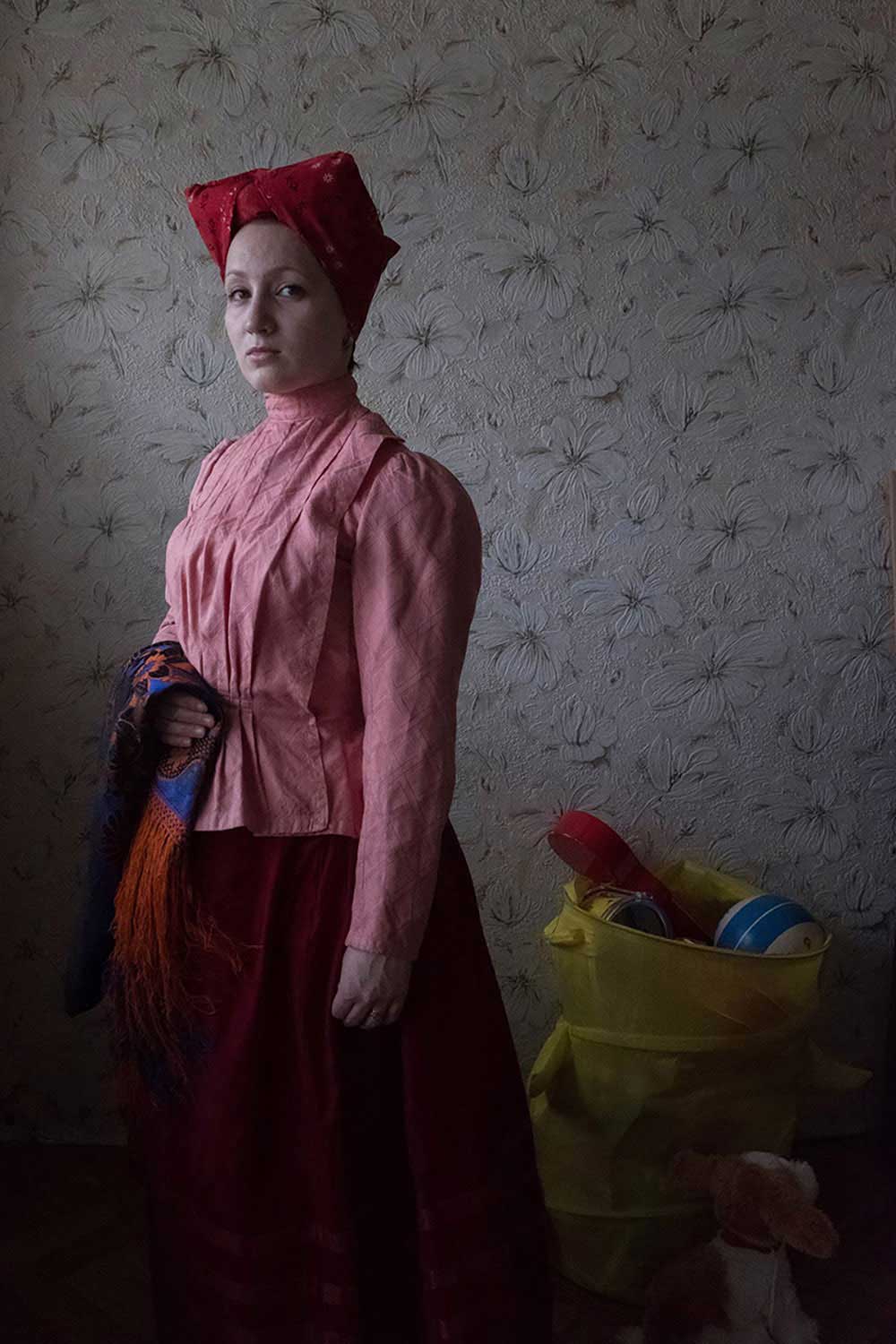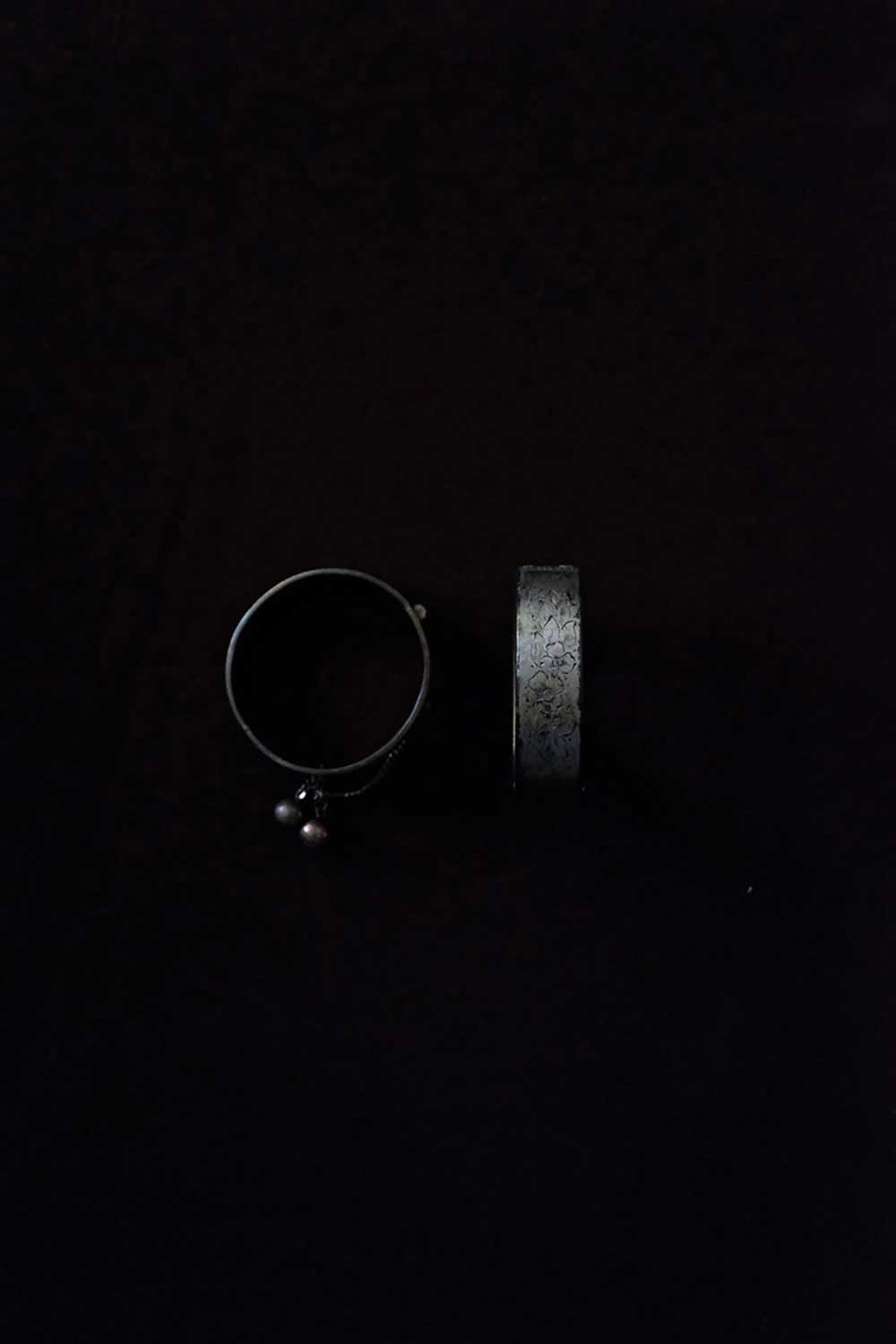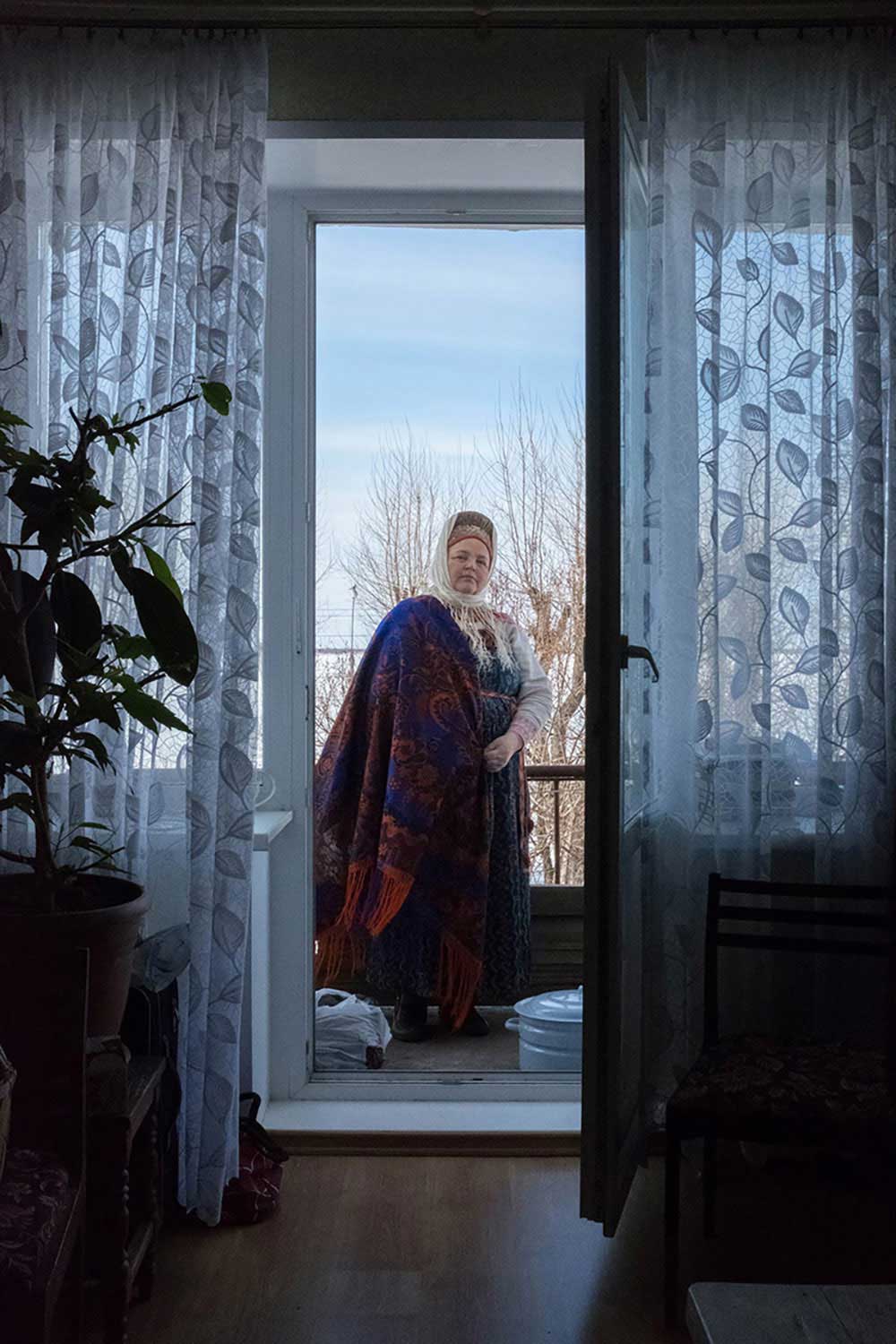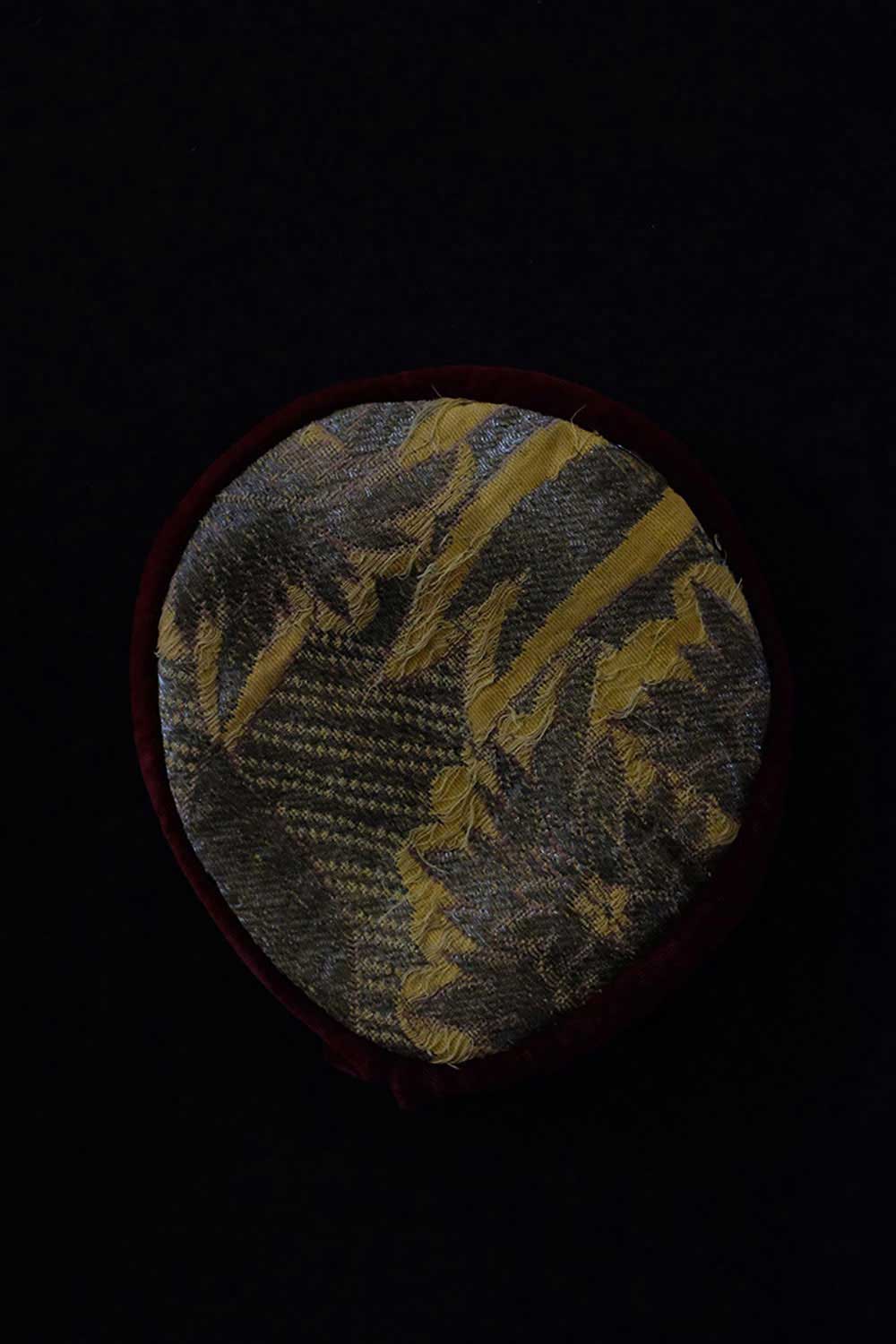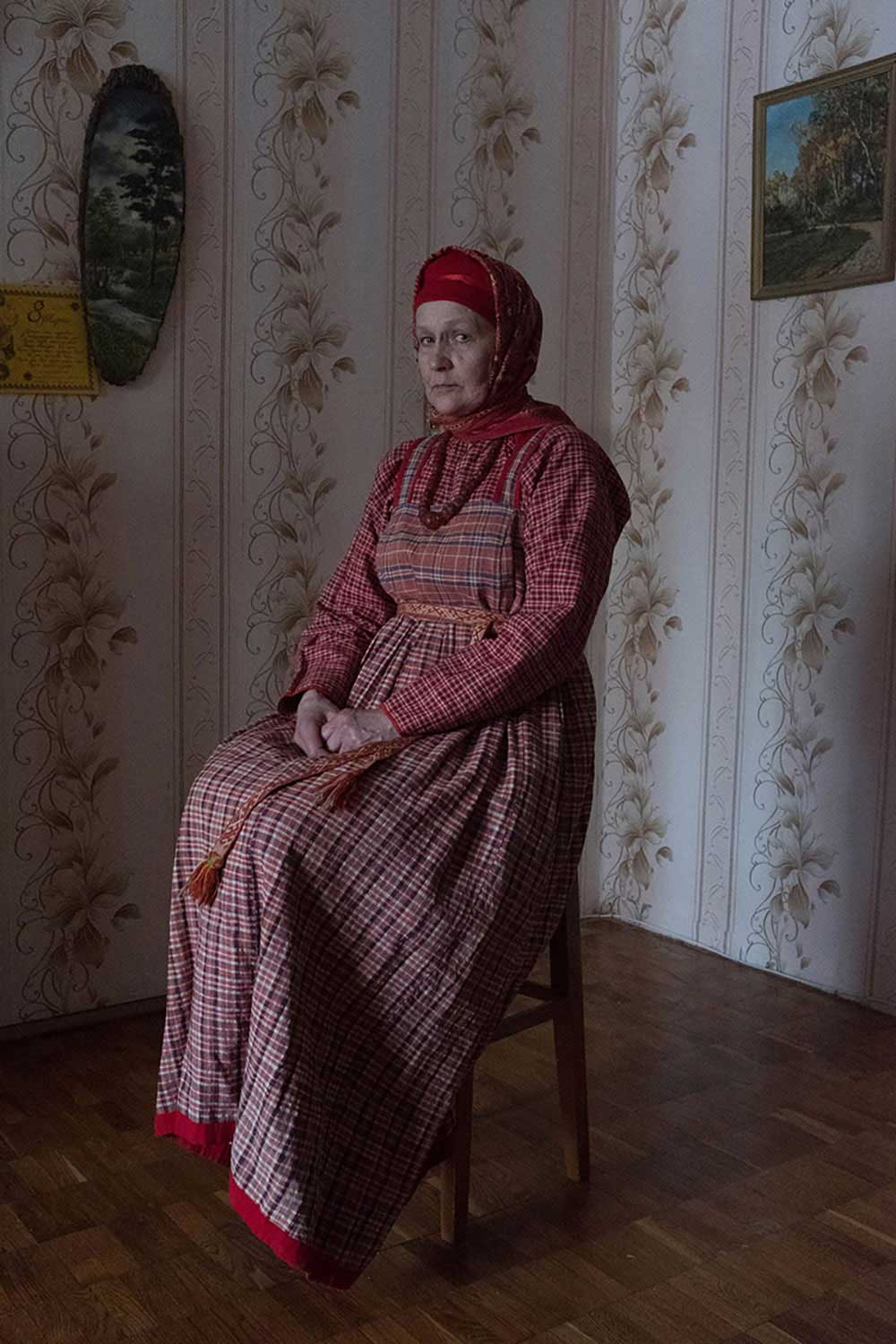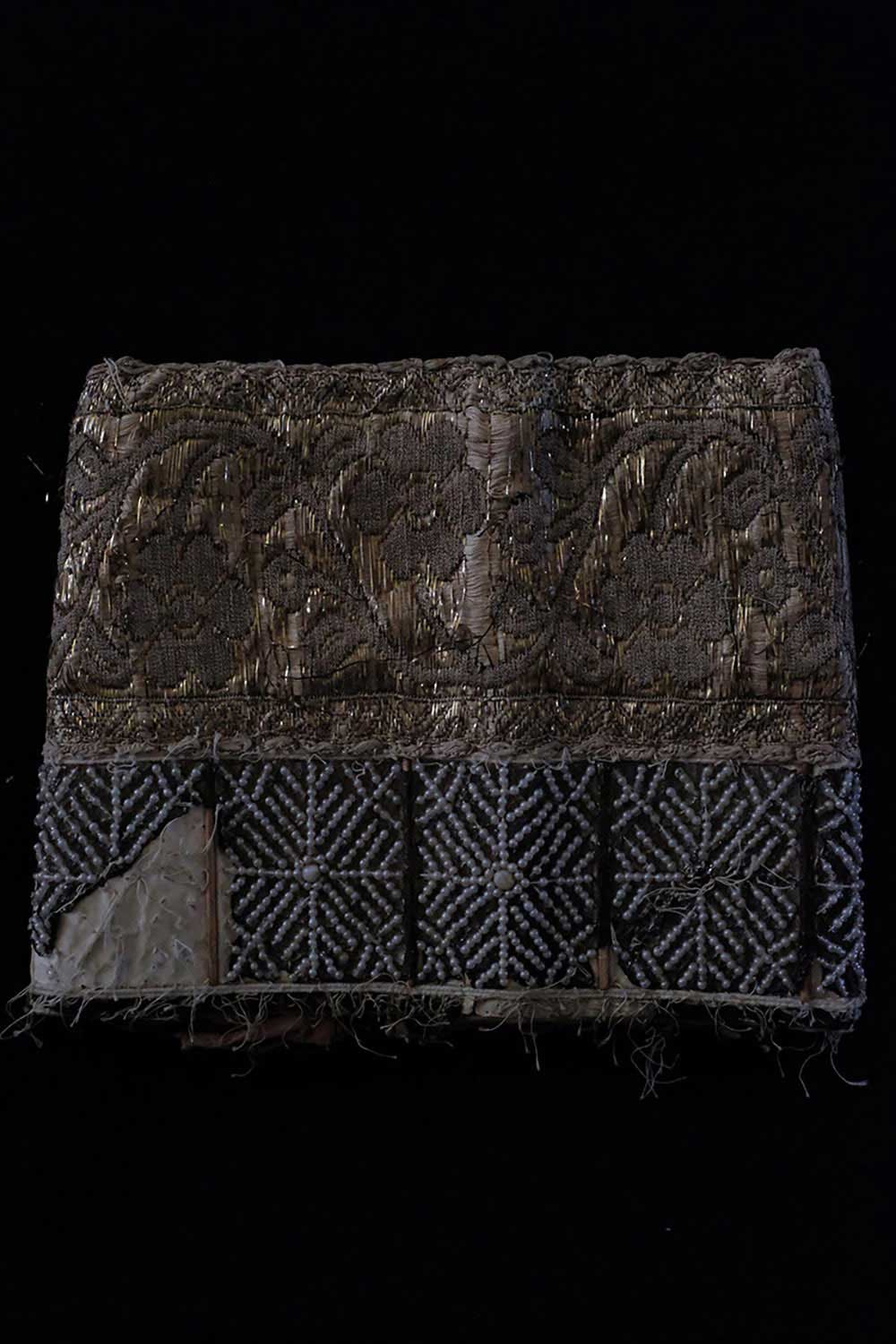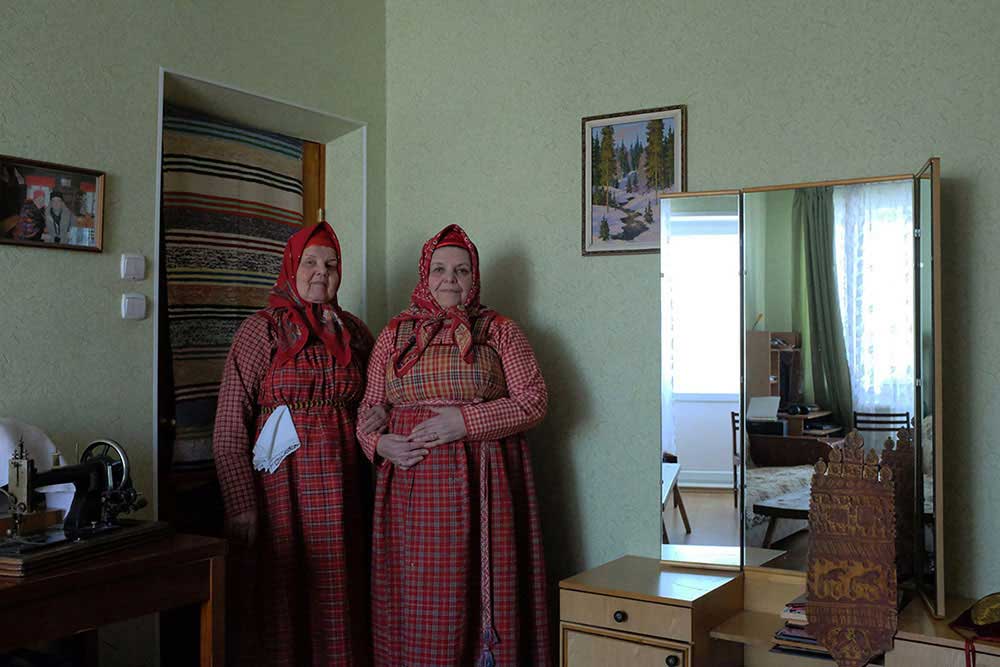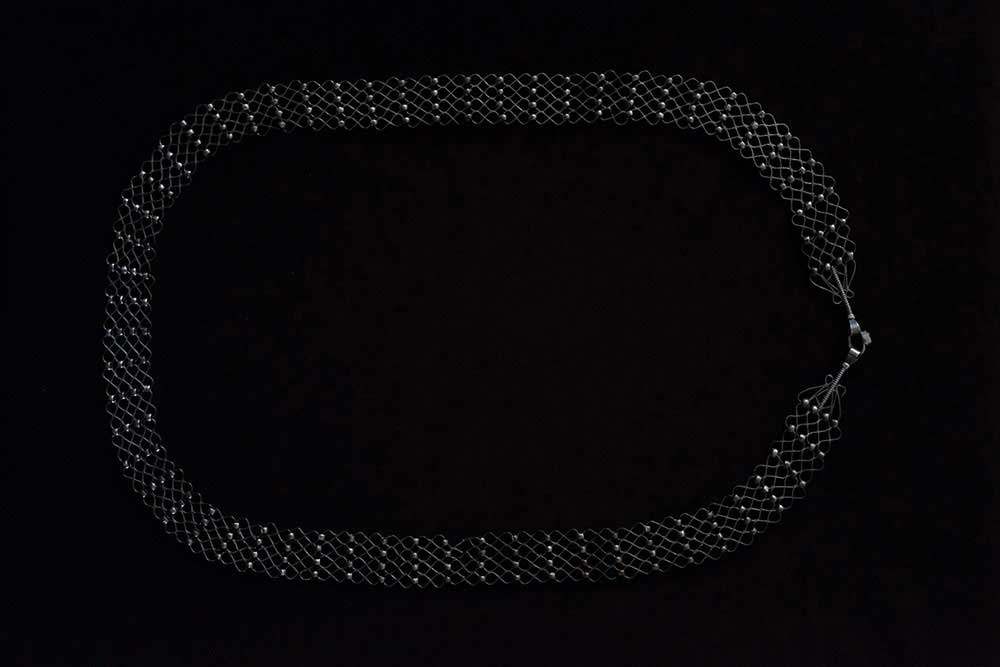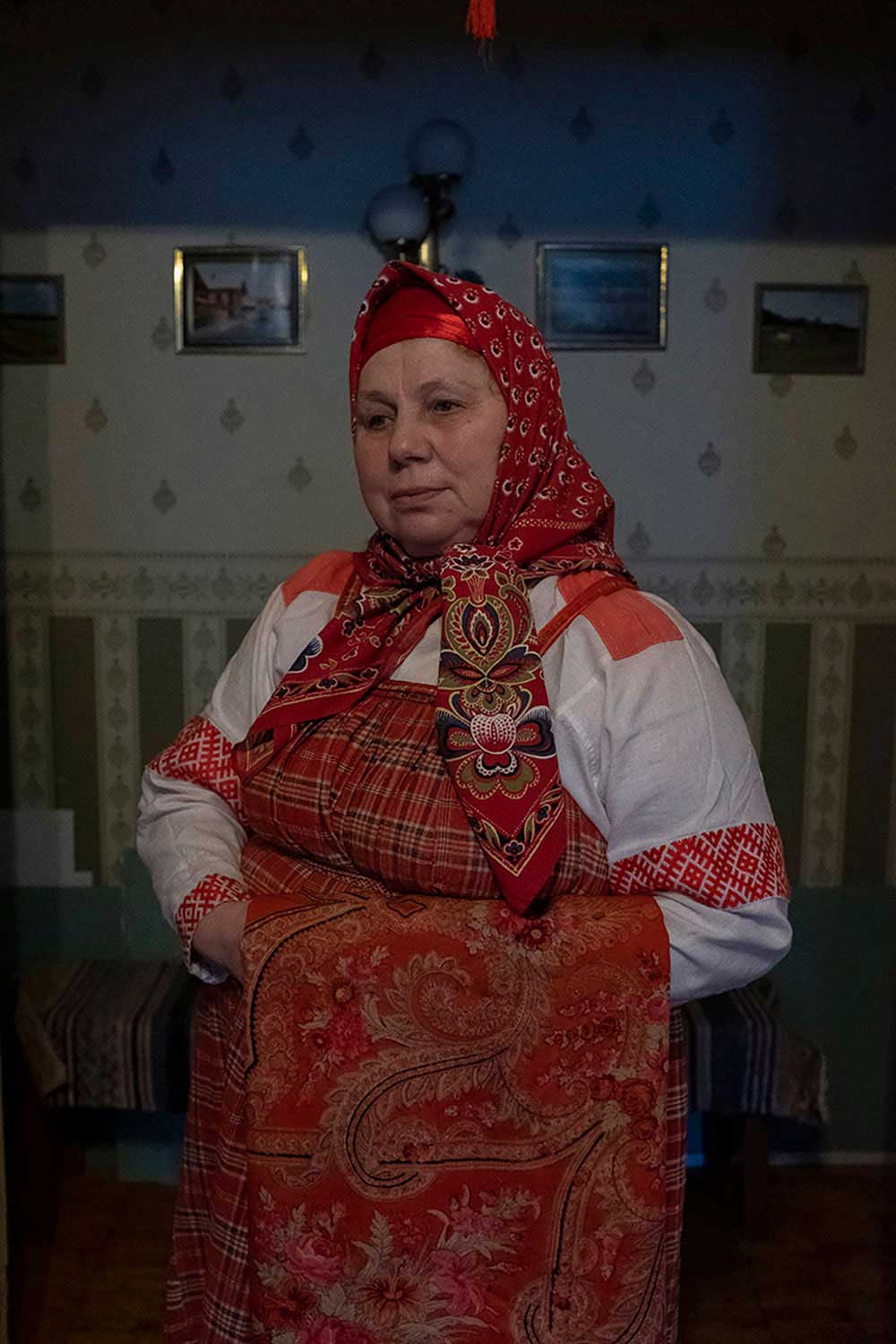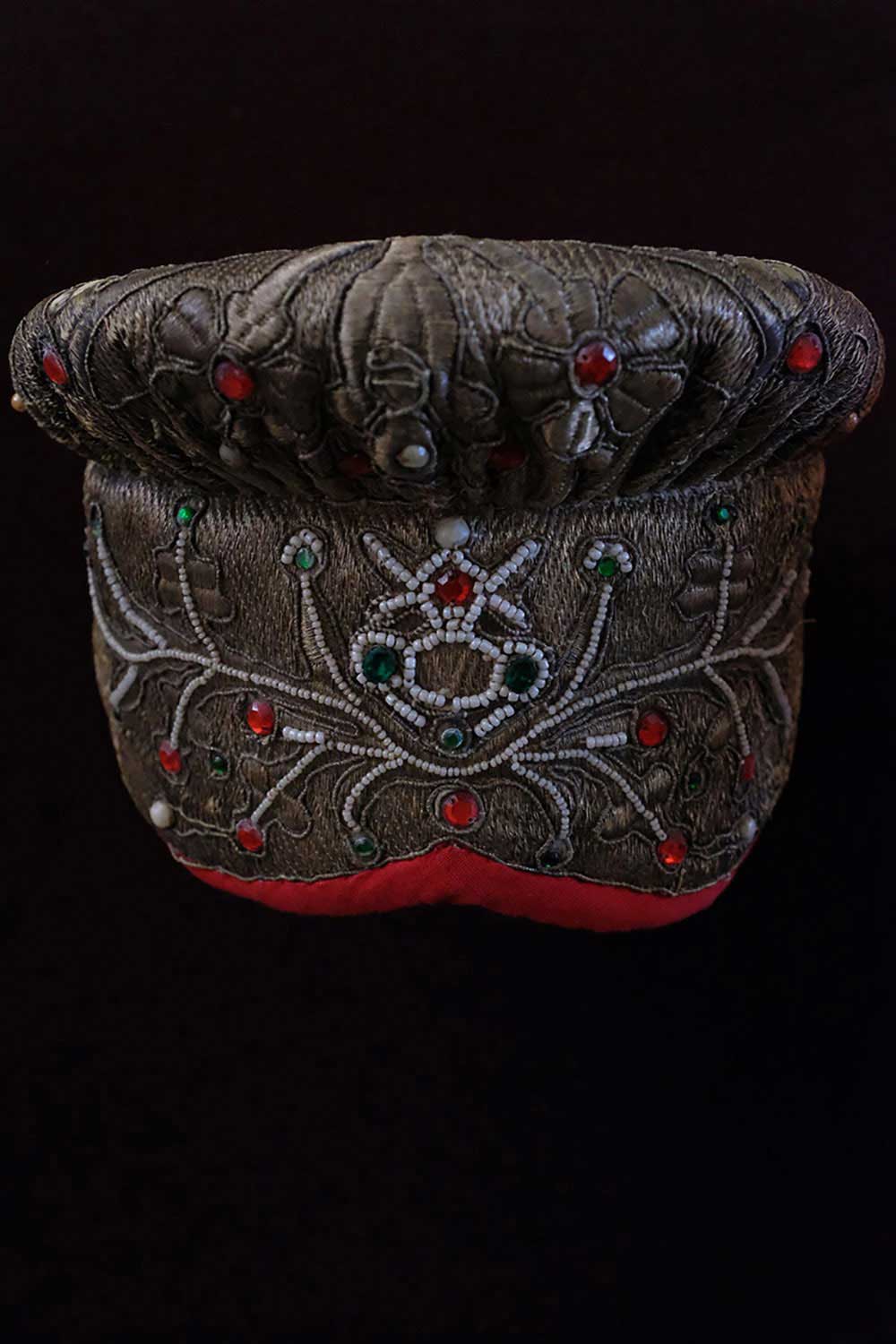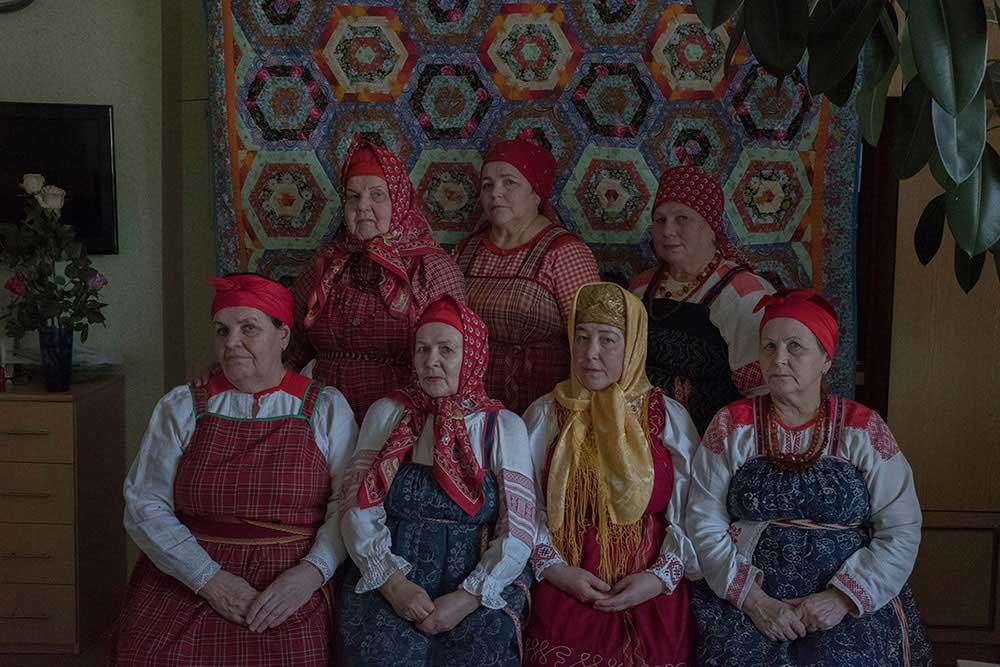The North of Russia abounds with history, folklore and mythology. Seclusion of these lands from the central regions had a substancial impact on how people save and cherish their artistic and folk heritage from the old days.
The idle cultural expansion from the mainland hardly had a strong impact on the local ways, and nothing disrupted the natural flow of life for the northerners. Family customs, beliefs and traditions, clothing and speech had remained mostly untouched since the past. The very nature and terrain had a say in it as well. Severe climate conditions and harsh landscapes complicated the connections of the smaller villages to the outer world: impassable woods and swamps, ruined roads, ubiquitous lakes and the White Sea – all that stimulated an own brand of isolation. At the same time, the peace and tranquility of the North instilled a unique set of qualities in its inhabitants. The natural beauty inspired and strengthened peoples’ love towards creativity and art in all its manifestations and instances.
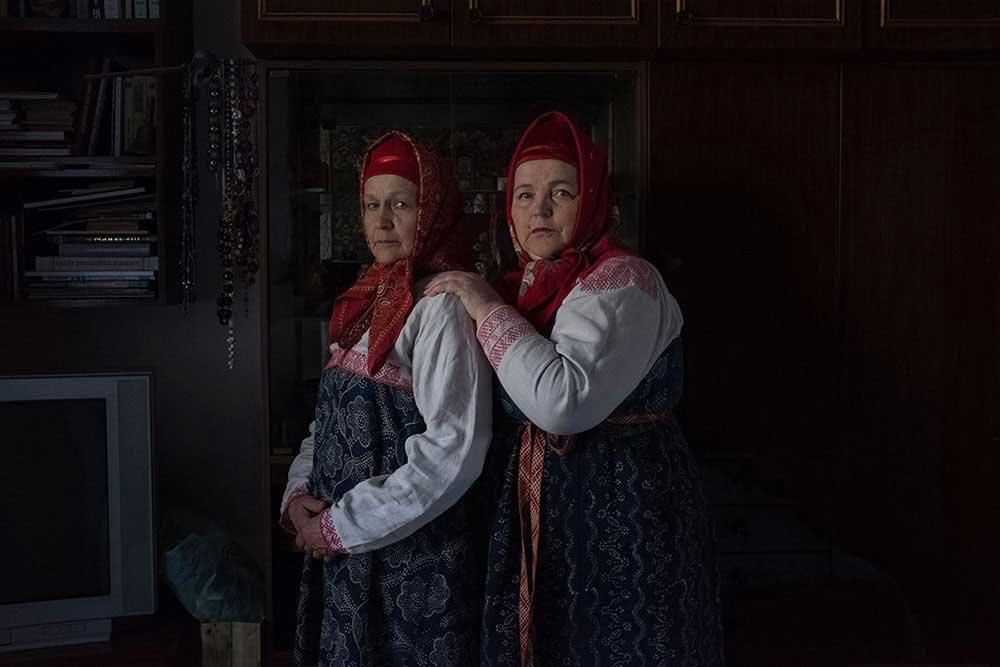
This land has never seen serfdom or slavery, which is deeply reflected in the internal sense of freedom and lifestyle of the northerners. It is quite challenging to describe exactly how life in such a pristine and, in a special way, honest seIng can change humans, but you can feel it in those legends, songs and tales, preserved in the faraway North.
However, there are not so many people like, who would safe keep this heritage. Women of a folklore theatre of Pomeranian culture “Suzemye“ (roughly translated as wildlands) carry on the traditions of their kin. They chant songs, tell legends and tales, recreate scenes from old customs, save and restore ethnic costumes, ornaments, jewelry and family household items.
Such an unusual name was not chosen by accident. Suzemye is a sacred place, wild backwoods far from roads and civilization, place that hardly saw a living soul. People say: do not go to the Suzim (Suzemye), or you will get lost and might never come back. The troupe attempts to make people feel the northern culture trough and through, its significance and special spirit, make them believe in the marvels from the sagas and tales they tell.
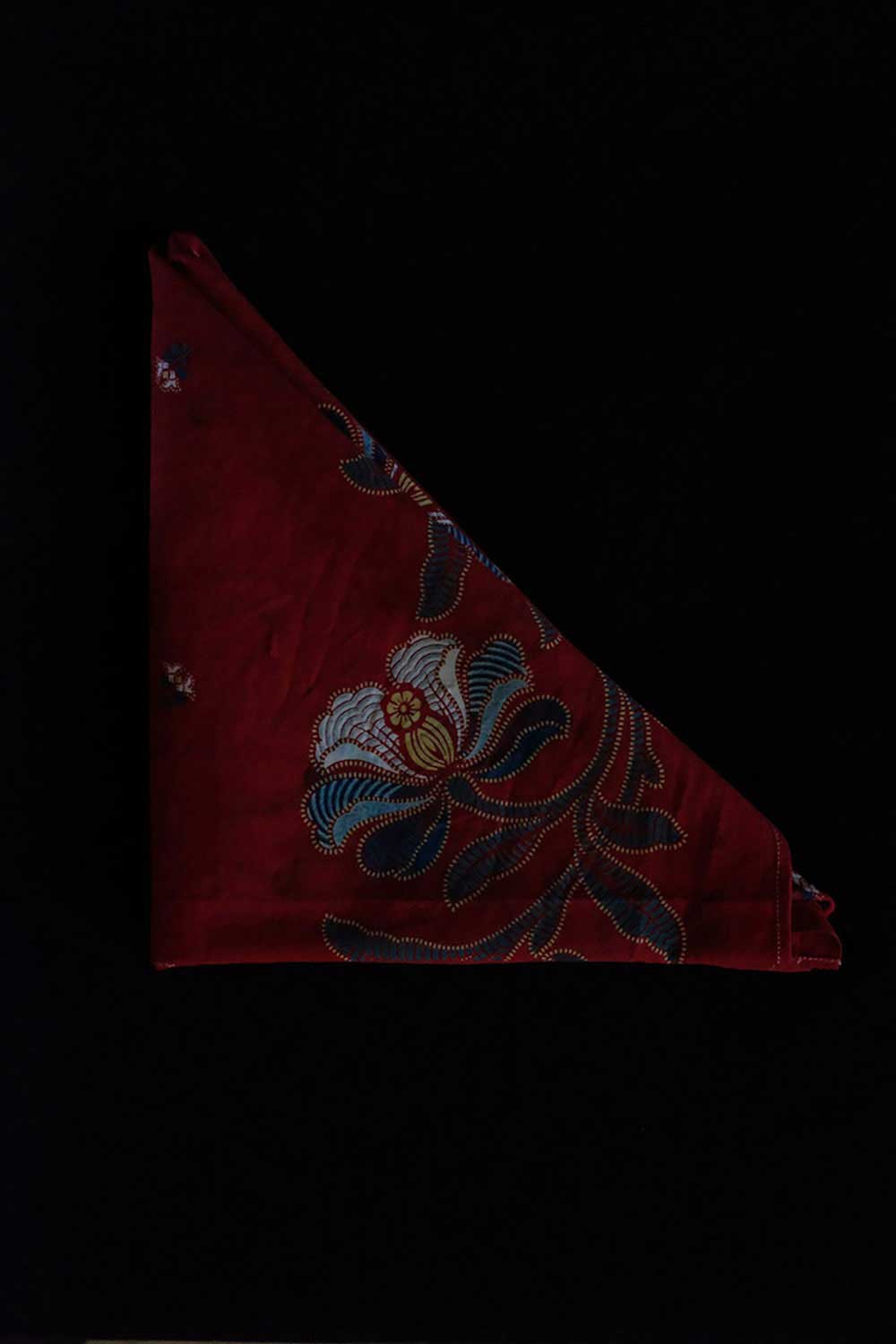
Up to this day the North is a home for peculiar speech and dialectic chants with the authenticity of the long-forgotten times. Suzyomushki (the artists of the theatre) have a distinguished manner of speaking, somehow overly soaked with the most important thing in their lives – their art and legacy of their ancestors. You may not notice it right away, but rather gradually find yourself in the world of their special language with peculiar particles, prefixes and proverbs.
The troupe exists since 2007, includes only women of various ages and is led by Ovodova Elena Severianovna. All the participants were born in Pinezski district. This theatre is unique in its self-sufficiency, as they do everything on their own: from scenario writing for the performances and studying historical archives to administration and organization. They do not have any managers, bosses or external sponsorships. Everything is based on pure love to local folklore and traditions and desire to pass it on.
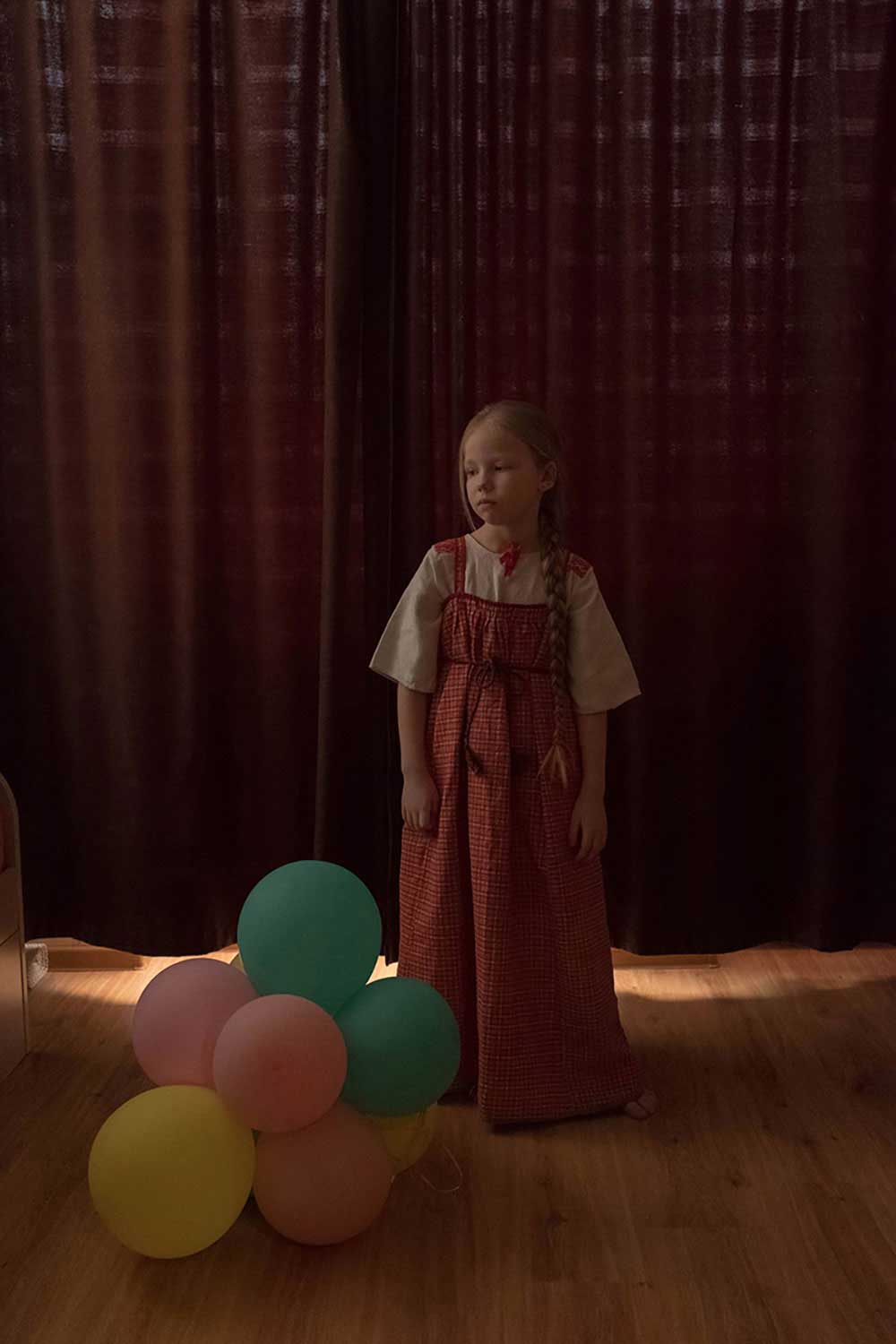
The women want to leave a collective memory, outliving any of them, carry the songs of their people through generations. They want to give people of today the opportunity to learn what happened in the North of Russia through performances and customs of the bygone times.
The songs, performed by Suzyomushki, were wriRen down from the memory of their grandmothers and grand grandmothers, were taken from songbooks and municipal archives. Some of them are more than 300 years old. The women are genuinely passionate about finding these materials and try to adapt it for their audience. Every shown custom is accompanied with a traditional song. In their performances, they clearly demonstrate such customs as: seeing-off the recruits, marriage ceremonies, burials, etc. The troupe also plays out tales, epics and buffooneries. During their acts, the women also often acquaint the spectators with the meals and cuisine of their ancestors.
Each of these women considers the troupe as a family. One of them compares it with a portal to childhood, when every song had a special place and feeling in your head and your soul. Suzemye is their family, their home, memory and reminiscence, so dear to their hearts. And this notion, memories and knowledge need to be kept safe and protected – as there is no future without the past.
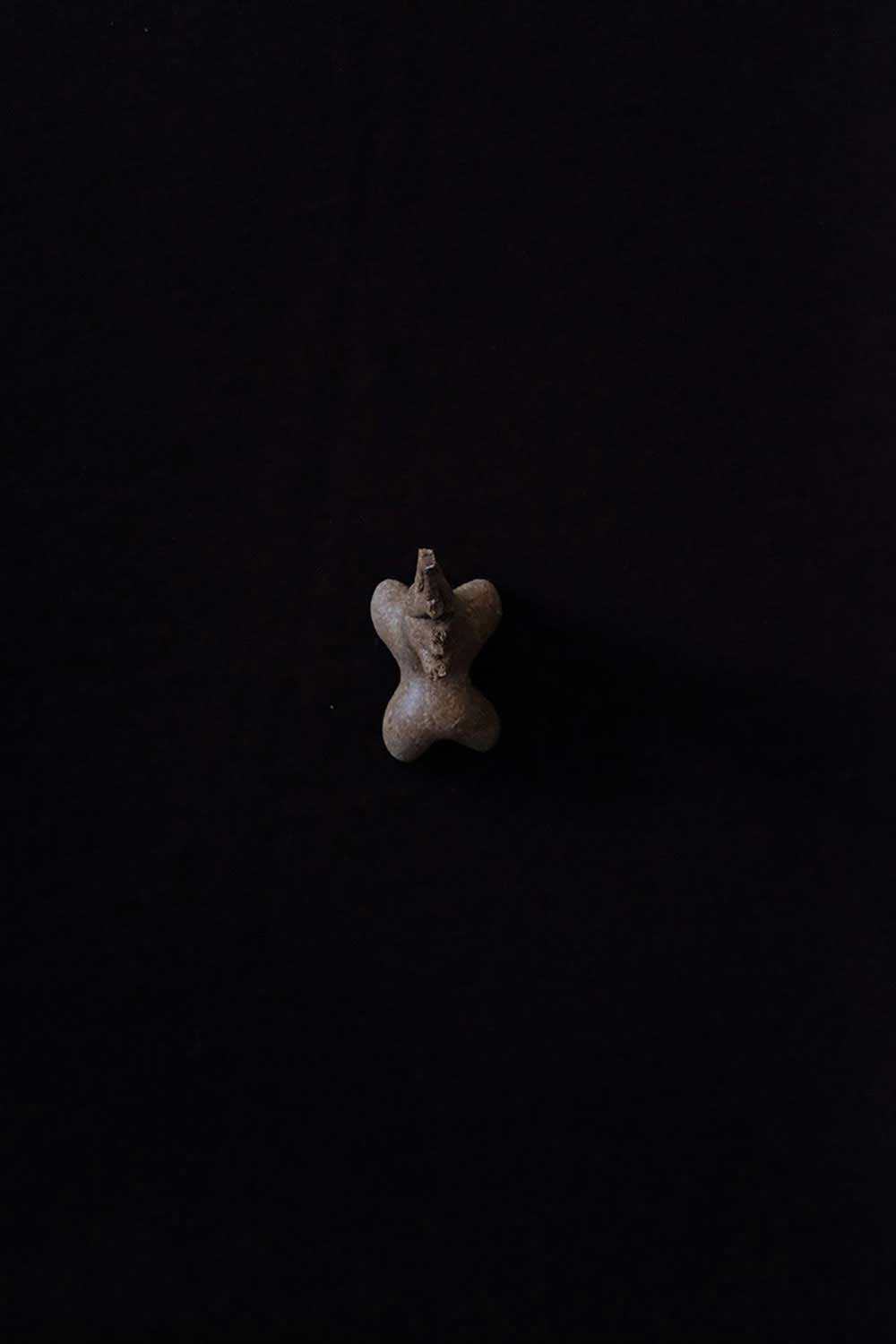
About Sasha Velichko
Sasha Velichko is a documentary photographer and visual artist. Born in 1993 and based in Brest, Belarus. In 2016 graduated from the Belarus State University, the faculty of Radiophysics and Computer Technologies. 2017-2018 – School of Modern Photography Docdocdoc, Russia. The work focuses on the themes of social problems, culture and provincial cities. She believes a photograph can attract people’s attention to the problems they know, but are blind to.
